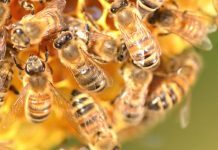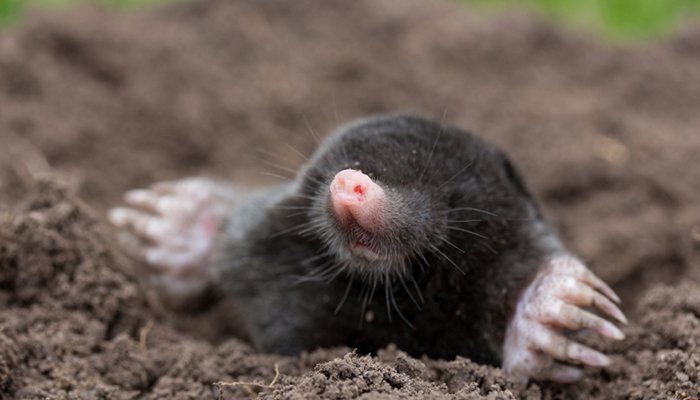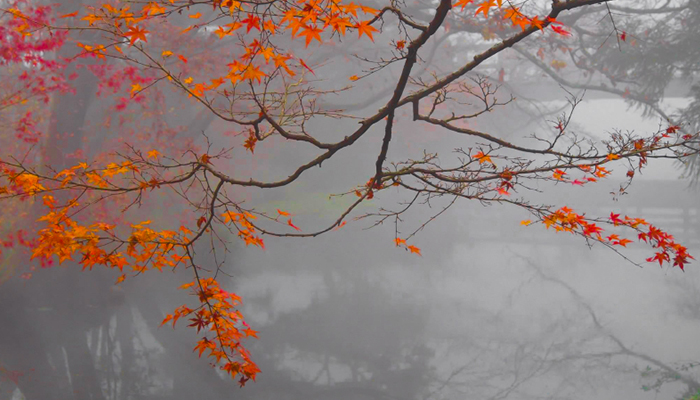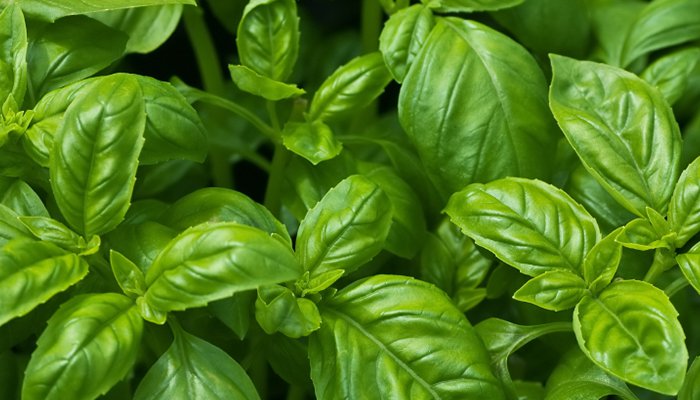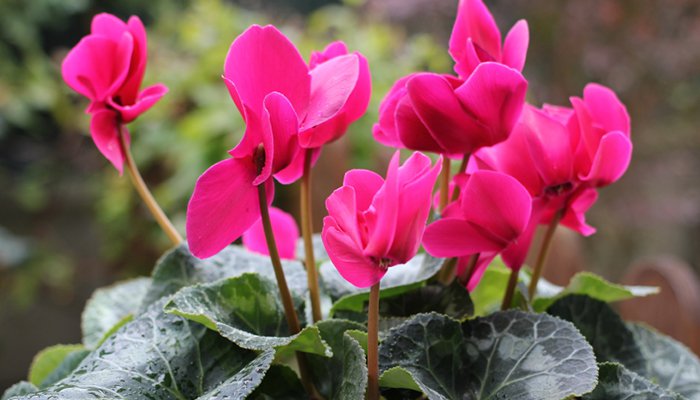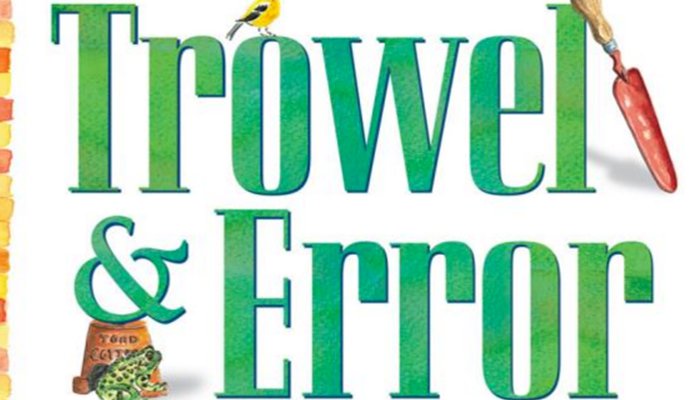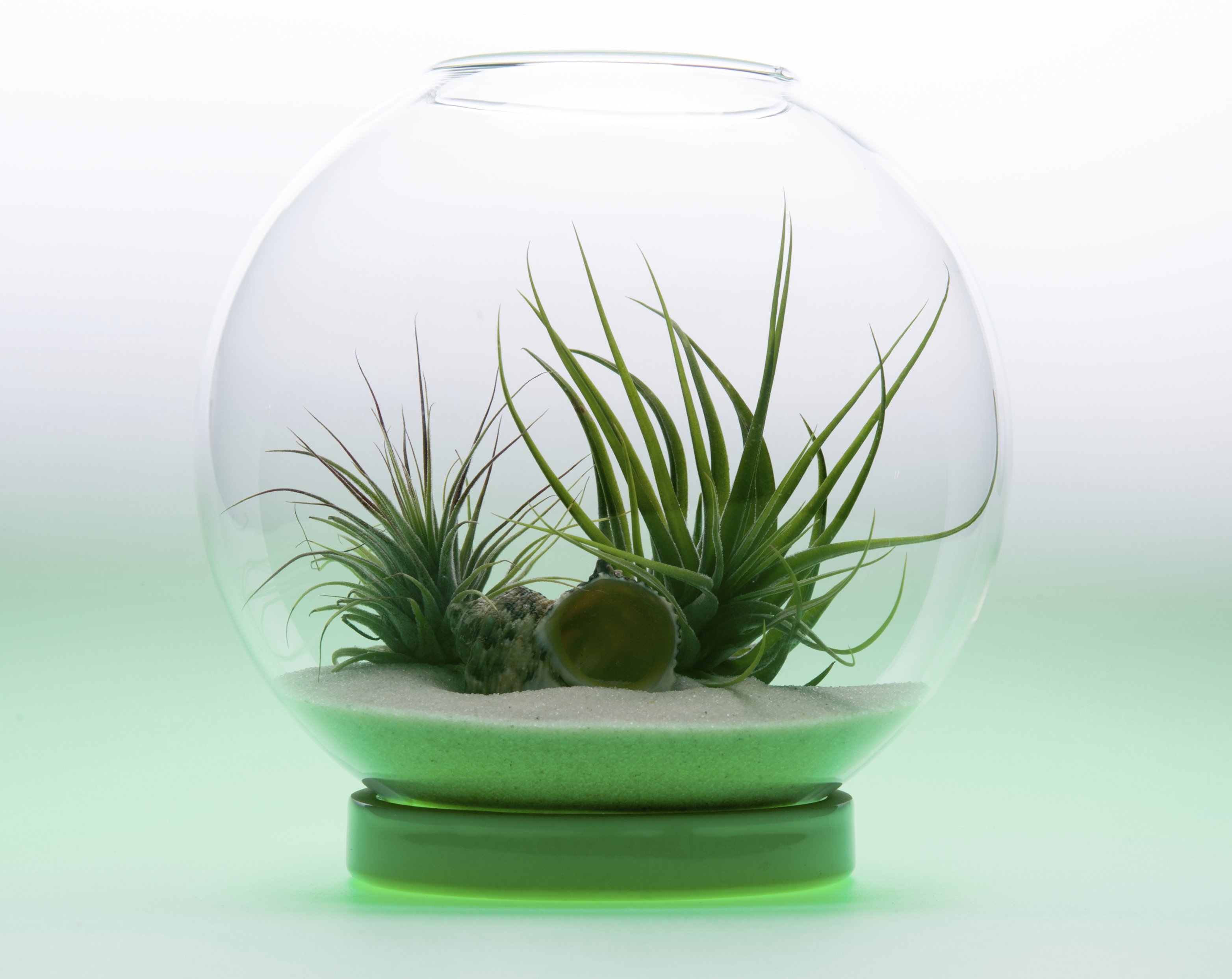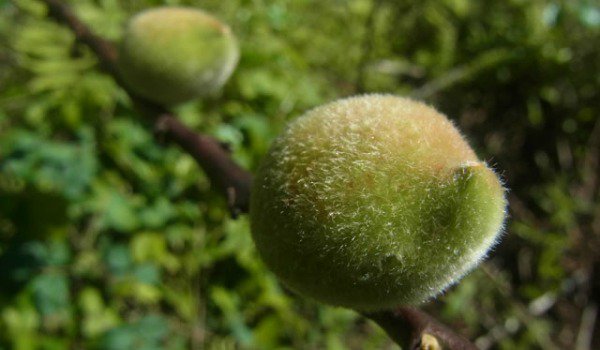If you’re thinking of creating a bird sanctuary, then thank you. Really, using your spare space in the backyard can help save birds every year and provide threatened birds with a safe stopping point. However, birds can’t read a “birds sleep here free” sign, and won’t understand just good intentions. In order to attract birds and provide safety for them, you’ll have to have a bird sanctuary. Learn how to landscape for a great bird sanctuary in just a few easy steps, and create a new home for wild birds.
Trees/Shrubs
The very first thing you need to consider is whether you’ve got enough or the right trees. Trees provide a home and shelter to birds, and have branches where birds can create nests. Certain trees and shrubs also help provide food to the birds, so they don’t have to rely only on birdseed or what they can find around your place.
If you do not have any trees or shrubs, start planning out some such as maple or pine, which can be grown in your area without causing too many problems. You don’t want to grow a tree just because a certain bird will appreciate it, since the root depth and life cycle of a tree must fit in well with your living situation and space.
Native Plants
If you want to appeal to a certain bird, you can plant plants native to that bird’s habitat. Since you’re most likely trying to attract a local species of bird, rather than an African Peacock, the plants you choose should also be local, and grow well in your native soil and weather. These plants will help each other grow strong and won’t take over your yard.
Make sure you include flowering plants, since birds are pollinators for flowering plants that secrete nectar. They’ll be drawn to your area if they have plenty of nectar to sip on, and a natural habitat to trust in. If you have a large enough yard, you can simply plant your own little forest, and install some garden paths and benches to help provide you some coexistence with the birds.
Water
Finally, don’t forget the water. Birds need water just like we do, and if they can’t get a drink near your home, they won’t stay long enough to nest in your trees or pollinate your flowers. For small yards and sanctuaries, just one small birdbath should be well enough. A great birdbath is only 1 to 3 inches deep, and will have a rough bottom for the birds to grip onto.
They’re more likely to come back if they don’t slip and slide around. If you have a larger budget or a larger sanctuary, find some bigger birdbaths, or make your own, and make sure to leave them near your trees. Birds will move from the trees and their nests to take a bath or get a drink, and will be able to fly back up to the trees if they’re scared. Make sure to avoid placing your birdbaths near any shrubs, since your neighbor’s cat might use that as a pouncing point!


